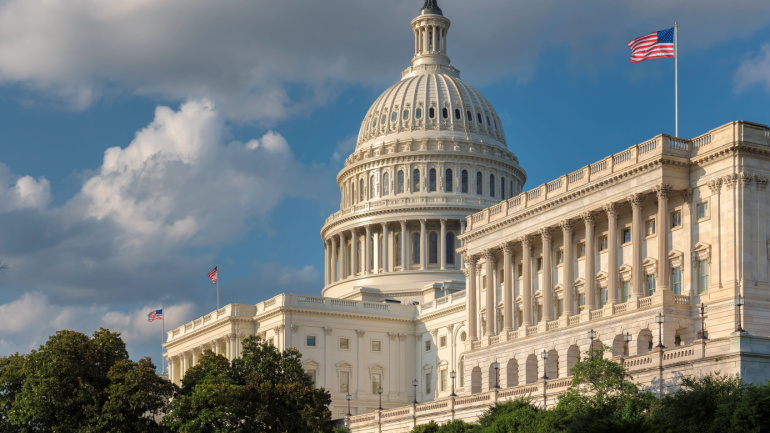Fibre builder Wildanet’s expansion into the Devon region could fuel an estimated economic surge of £1 billion by 2030, primarily through Gigabit-capable broadband, according to a new Curia report. This ambitious outlook, however, hinges on universal access to Gigabit broadband by 2030, a significantly higher benchmark than Wildanet’s initial target of reaching 25,000 premises. The firm’s dedication to end the digital disparity in rural Devon is so far supported by over 60,000 wireless connections, and plans to add 50,000 more by 2023. Meanwhile, additional funds from Gresham House could expedite the broadband rollout, making digital inclusion a tangible reality, even in the most remote locations. Despite this, digital desolation persists, with nearly 78,000 Devon inhabitants having never experienced internet access.
As the UK’s fibre landscape intensifies with rising competition, leading players are racing to expand gigabit-capable broadband nationwide. Noteworthy, alternative network providers, referred to as “AltNets”, are displaying proactive strategies to swiftly deploy networks. On the other hand, traditional companies are recognising opportunities in fibre rollout, as seen in Openreach’s pricing approach of their wholesale lines.
GoFibre, the Scottish network provider, has recently announced its readiness to commence deployment of fibre-to-the-premises (FTTP) in the North Northumberland region, a venture backed by a £7.3 million Project Gigabit contract. They expect to offer commercial services by Autumn, revolutionising the digital landscapes of connected rural communities. However, whilst the mission focuses on battling the rural digital divide, stakeholders question if the UK is meeting its ambitious gigabit rollout targets. Meanwhile, other telecom giants are making their own pioneering moves in the sector.
Dutch company Budget Thuis partners with Future Connections for a three-year contract, enhancing network performance and customer experience with MAx, the Field Service Automation solution. This collaboration promises high-quality, efficient services, reshaping the Netherlands’ telecom landscape.
Unveiling the $42.5 billion Broadband Equity, Access and Deployment (BEAD) funds allocation, the Biden-Harris administration aims to bridge the digital divide. While each state proposes spending plans, concerns over potential delays in broadband deployment due to the Build America, Buy America Act emerge.
South Wales embraces Ogi’s full fibre network, bringing ultra-fast connectivity to underserved towns and villages. With speeds three times the Welsh average, Ogi’s cost-of-living offer provides six months of free service to new customers, enhancing satisfaction and local job opportunities.
CityFibre secures wayleave permissions to connect over a million locally-owned and housing association homes, reducing the digital divide and providing essential digital infrastructure. Collaborations with organizations like Places for People aim to support those struggling with the cost of living and staying online.
Ericsson and MediaTek set a new 5G upload speed record of 440 Mbps, enhancing user experiences for video conferences, streamers, and gamers. The groundbreaking achievement utilized Uplink Carrier Aggregation and promises improved network performance in various applications.
Truespeed’s rapid expansion brings ultrafast broadband to 75,000 properties, as its independent local alternative to big providers and robust full-fibre infrastructure fuel a 364% growth. Committed to bridging the digital divide, the coverage now extends to Somerset and Wiltshire, with a total investment of £134 million.
China Unicom Chongqing and Huawei’s revolutionary Alps-WDM+OSU trial commercial use promises enhanced network capabilities and user experience. The technology offers increased bandwidth, reduced latency, optimized operations, and green development, paving the way for future all-optical transport networks.













